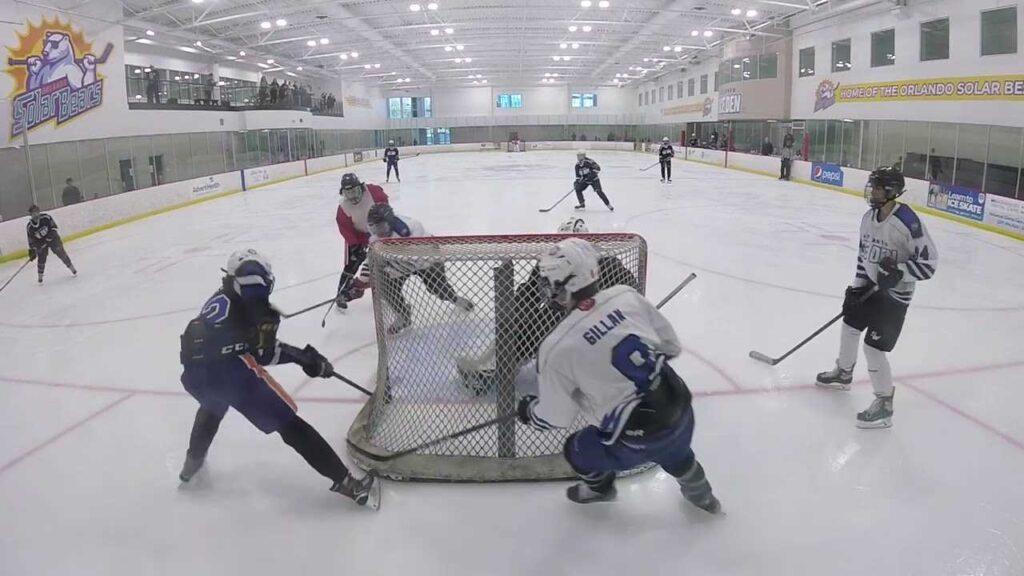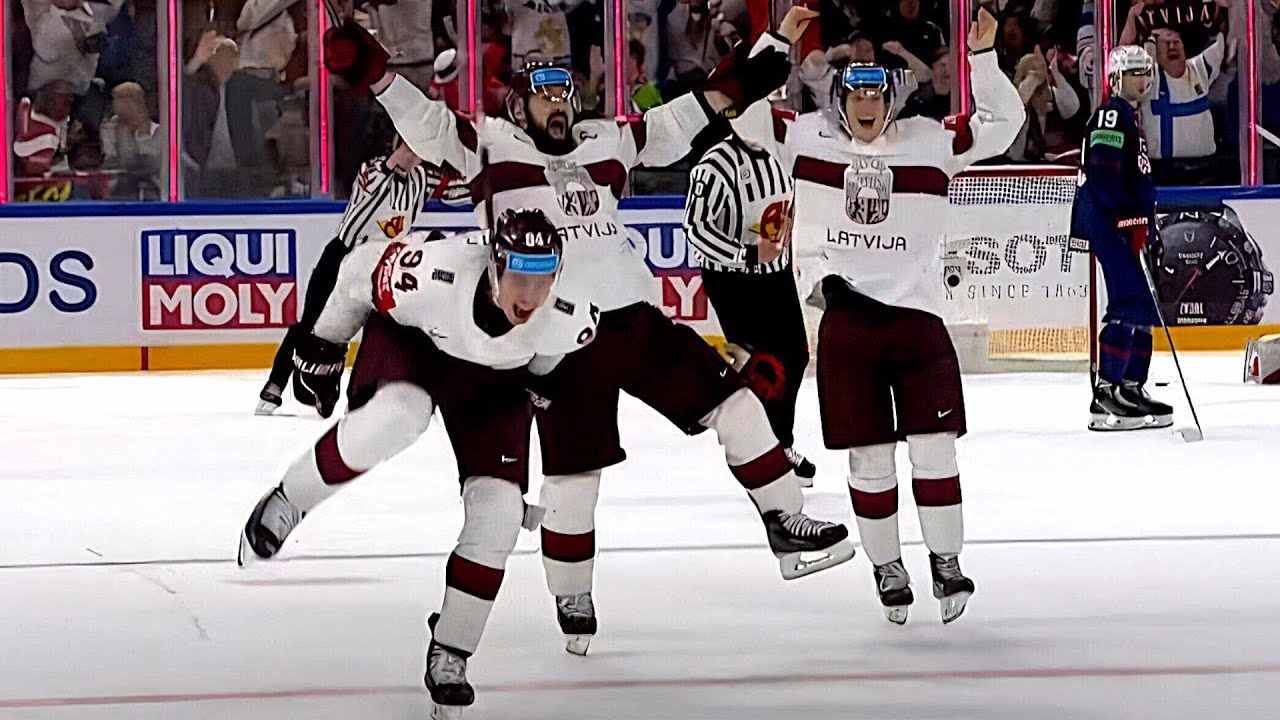Ice hockey is an exhilarating and fast-paced sport that captivates fans worldwide. Whether you’re a passionate follower or new to the game, understanding the rules of ice hockey is crucial to fully enjoying and appreciating the action on the ice. In this article, we will provide a comprehensive guide to the rules of ice hockey, covering everything from gameplay to penalties and scoring.
Also, Read- T-Mobile Arena 2023 Stanley Cup Finals: Don’t Miss Out!
Table of Contents
The Objective of the Game
The objective of ice hockey is simple: teams compete to score more goals than their opponents. The team with the highest number of goals at the end of the game emerges as the winner. To achieve this, players must work together, utilizing their skills and strategies, while adhering to the rules and regulations of the game.
The Rink and Equipment
Dimensions of the Rink
Ice hockey is played on a rectangular rink, typically made of ice. The dimensions of the rink may vary, but it is generally around 200 feet long and 85 feet wide. The rink is divided into three zones: the offensive zone, the defensive zone, and the neutral zone.
Essential Equipment
To ensure safety and fair play, players must wear specific equipment while on the ice. This includes helmets, shoulder pads, elbow pads, gloves, shin guards, skates, and a protective cup. Goaltenders have additional specialized equipment, such as a mask, chest protector, and leg pads, to protect them from shots and collisions.

Gameplay and Positions
Basics of Gameplay
Ice hockey is played with two teams, each consisting of six players on the ice at a time, including a goaltender. The players use their sticks to pass the puck and shoot it into the opposing team’s net. The objective is to outscore the opponent within three periods of play, each typically lasting 20 minutes.
Positions and Responsibilities
Ice hockey positions are divided into forwards, defensemen, and goaltenders. Forwards are responsible for scoring goals and creating offensive opportunities, defensemen focus on defending their own net and disrupting the opposing team’s attacks, while goaltenders aim to stop the opponent’s shots and protect the net.
Scoring and Penalties
Scoring Goals
To score a goal, a player must shoot the puck into the opponent’s net. The puck must completely cross the goal line to count as a goal. If the game is tied at the end of regulation time, overtime periods may be played to determine a winner. In overtime, the first team to score a goal wins the game.
Penalties and Infractions
Ice hockey has penalties for rule infractions to ensure fair play and player safety. Common penalties include slashing, tripping, and high-sticking. When a player commits a penalty, they are sent to the penalty box for a designated time, leaving their team short-handed. The opposing team then has a power play advantage, with more players on the ice.
Overtime and Shootouts
In the event of a tie at the end of regulation time, overtime periods may be played. Overtime consists of additional periods where teams continue to play until a goal is scored. The length of overtime can vary depending on the league or competition rules. During overtime, teams often play with fewer players on the ice to create more open space and scoring opportunities.
If no goal is scored during overtime, a shootout may occur. Each team selects a designated number of players to take penalty shots against the opposing goaltender in a shootout. The players skate toward the opposing net and attempt to score by shooting the puck past the goaltender. The team with the most goals at the end of the shootout wins the game.
Shootouts are an exciting and intense part of ice hockey, showcasing the skills of individual players in a high-pressure situation. It adds an element of drama and suspense to determine the winner of a game when regulation and overtime cannot produce a decisive outcome.
Conclusion
Understanding the rules of ice hockey is essential for players, coaches, and fans. By familiarizing yourself with the objective of the game, the equipment, gameplay, scoring, penalties, and overtime rules, you can fully enjoy the thrilling action on the ice. Ice hockey combines speed, skill, and teamwork to create a sport that captivates audiences around the world.
So whether you’re watching a game from the comfort of your home or lacing up your own skates, having a solid grasp of the rules will enhance your experience and appreciation of this fast-paced and exhilarating sport.
FAQs
Q: How long does an ice hockey game last?
A: An ice hockey game typically consists of three periods, each lasting 20 minutes. However, the duration can vary due to factors such as stoppages, penalties, and overtime periods.
Q: Can players fight in ice hockey?
A: While fighting is not encouraged in ice hockey, it is not uncommon for players to engage in physical altercations. However, fighting is subject to penalties, and players may receive additional disciplinary actions from the league.
Q: Are there any restrictions on player substitutions?
A: Player substitutions in ice hockey are allowed and can be made freely during gameplay. However, substitutions must be made within the designated areas of the rink, and players must adhere to the rules regarding line changes.
Q: Can the goalie leave the crease during the game?
A: Yes, goaltenders can leave the crease and participate in the game beyond their designated area. However, they must be mindful of their positioning and defensive responsibilities.
Q: How many periods are there in an ice hockey game?
A: An ice hockey game consists of three periods. Each period typically lasts 20 minutes of gameplay, with intermissions between periods for teams to rest and strategize.
Remember, by familiarizing yourself with the rules and intricacies of the game, you can fully enjoy the excitement and intensity of ice hockey.
Stay On Cuteeanimebook
